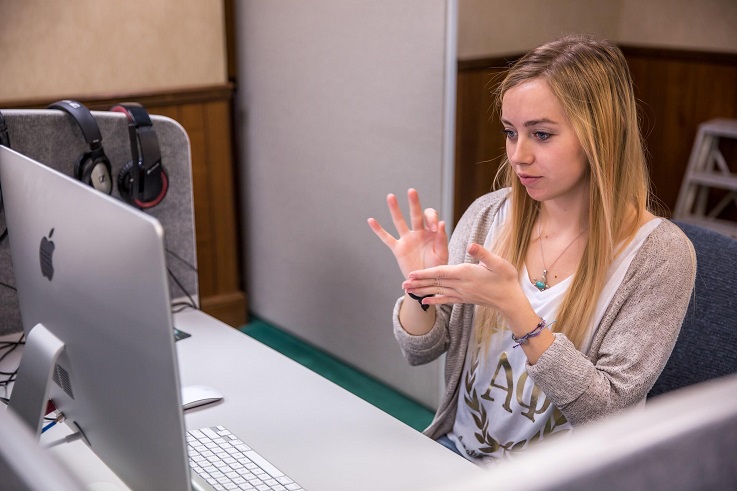ASL Interpreters in Hospitals — A Right for the Deaf Community

Pain or illness can be tough to articulate even when spoken in the same language. Describing pain to a healthcare provider in an emergency room means choosing between a series of specific, but highly subjective words — is it sharp, dull, burning or throbbing? Now, imagine how much the gap in communication multiplies for a hard-of-hearing patient who hasn’t been provided with an ASL interpreter.
Under the Americans with Disabilities Act (ADA), hospitals must provide effective means of communication for patients, family members, and hospital visitors who are Deaf or hard-of-hearing. However, hospital settings are brimming with reported struggles to meet the communication needs of the hard-of-hearing patient population.
Howard Rosenblum, CEO of the National Association of the Deaf mentions that hospitals, medical centers, and doctors’ offices are the “worst in failing to provide effective communications to Deaf and hard of hearing individuals.” These reasons often include that interpreters take hours to arrive and then aren’t present through the duration of the visit. Others note that remote translation, conducted via a video service, often includes glitches like freezing screens or problems of obstruction. This was the case for Laura Miller, who was unable to see the video screen while on her back as she delivered her child.
”Communication is very critical so medical providers can understand what patients need and patients can understand what kind of care is being provided to them. Without that information the providers are operating in the dark, and that can have devastating consequences for the patients and increase liability for hospitals.” said Kelby Brick, Director of the Governor’s Office of the Deaf & Hard of Hearing in Maryland. Miscommunications may lead to misdiagnosis and improper or delayed medical treatment.
The U.S. Department of Justice launched the Barrier-Free Health Care Initiative in 2012 with the goal of making sure people with disabilities, particularly the Deaf and hard of hearing, are provided medical information in a manner understandable to them. Making medicine accessible is essential to providing effective care.
Hospitals who have been more attune to serving the communication needs of the Deaf and hard-of-hearing patient populations tend to report use of both live and video translation. However, the key is in knowing that many situations require a live translator, such as during the delivery of a baby. Sinai and Northwest Hospitals, both owned by LifeBridge Health, use interpreters from the We Interpret agency. They request interpreters in advance for appointments and call in people for emergency situations.
In hospital and emergency situations, ASL interpreters are a lifeline for the hard-of-hearing patient. Without the ability to communicate, these patients are in a frightful situation where their health is reliant on understanding what may only be bits of a sentence. ASL interpreters can be the difference in life or death, comfort or fear for a hard-of-hearing individual in the hospital. “I cannot imagine trying to go to a doctor for yourself or your children and not being able to understand what is going on,” said Camilla Roberson, a staff attorney with the Public Justice Center. “I just think it’s wrong.”
William Woods University Bachelor’s in ASL Studies and Bachelor’s in Interpretation Studies graduates gain a greater understanding of Deaf culture and learn essentials to succeed in specialties, such as medical translation services. Through the William Woods program, you will gain practicum experiences in medical settings. A number of ASL alumni work and interpret at Fulton State Hospital.

